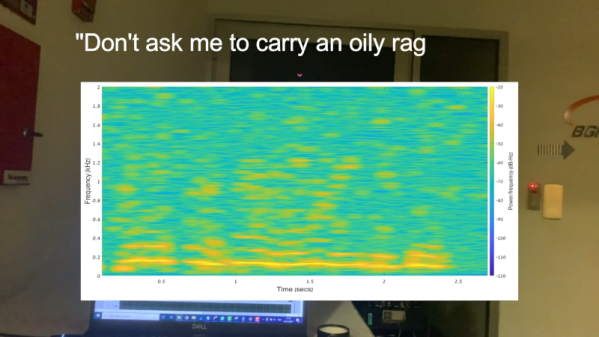We’ve covered a lot of ransomware here, but we haven’t spent a lot of time looking at the decryptor tools available to victims. When ransomware gangs give up, or change names, some of them release a decryption tool for victims who haven’t paid. It’s not really a good idea to run one of those decryptors, though. The publishers don’t have a great track record for taking care of your data, after all. When a decryptor does get released, and is verified to work, security researchers will reverse engineer the tool, and release a known-good decryption program.
The good folks at No More Ransom are leading the charge, building such tools, and hosting a collection of them. They also offer Crypto Sheriff, a tool to identify which ransomware strain got your files. Upload a couple encrypted files, and it will inform you exactly what you’re dealing with, and whether there is a decryptor available. The site is a cooperation between the Dutch police, Interpol, Kaspersky, and McAfee. It may surprise you to know that they recommend reporting every ransomware case to the authorities. I can confirm that at the very least, the FBI in the US are very interested in keeping track of the various ransomware attacks — I’ve fielded a surprise call from an agent following up on an infection.
OpenSSL
The OpenSSL project has fixed a pair of vulnerabilities, CVE-2021-3711 and CVE-2021-3712 with release 1.1.11l. The first is a possible buffer overflow caused by a naive length calculation function. A “fixed” length header is actually dynamic, so a carefully crafted plaintext can overflow the allocated buffer. Continue reading “This Week In Security: Ransomware Decryption, OpenSSL, And USBGadget Spoofing”
















